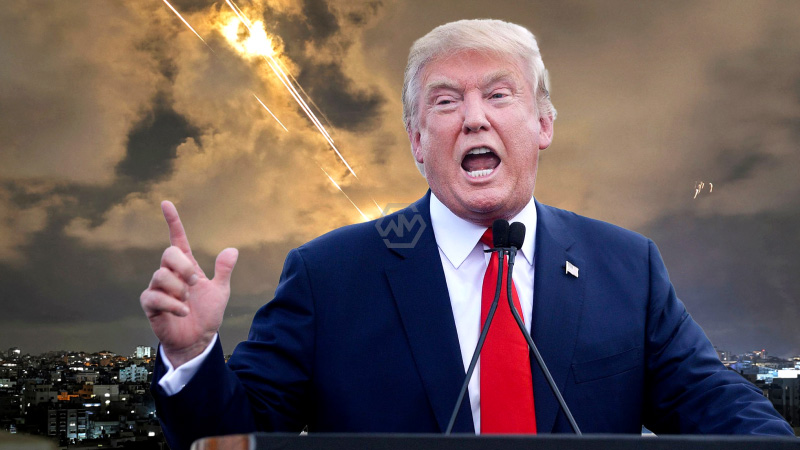- Trump warns of military action if Iran refuses nuclear negotiations.
- Iranian President Pezeshkian rejects direct talks but considers indirect negotiations.
- The U.S. deploys B-2 bombers to Diego Garcia as tensions escalate.
The standoff between the U.S. and Iran has reached a boiling point, with President Donald Trump warning of devastating military action if Tehran refuses to negotiate its nuclear program.
In response to the escalating situation, the U.S. has stationed B-2 bombers at Diego Garcia, signaling a potential military buildup. Trump has also suggested the possibility of imposing secondary tariffs on Iran, pressuring other nations to limit their economic engagement with Tehran.
U.S.-Iran Tensions Escalate Over Nuclear Talks as Deadline Looms
Amid renewed nuclear negotiations, Iran has dismissed direct discussions with the U.S., citing a lack of trust in American commitments. Iranian President Masoud Pezeshkian has, however, hinted at the possibility of indirect talks through intermediaries like Oman. His statement, “They must prove that they can build trust,” highlights the deep-seated skepticism that has plagued past diplomatic efforts.
Trump’s administration, in response, has adopted a strategy of pressure and deterrence. Deploying B-2 stealth bombers to Diego Garcia and threatening secondary sanctions are clear indications that Washington is preparing for all possible outcomes. The threat of “bombing like never before” further cements Trump’s aggressive stance as he pushes for a new nuclear deal.
Iran, on the other hand, has consistently expanded its uranium enrichment program since the U.S. withdrew from the 2015 nuclear agreement. The country argues that its nuclear ambitions are peaceful, while Western nations express concerns about potential weaponization. The ongoing deadlock raises fears of a military confrontation, with both sides unwilling to concede their strategic positions.
With time running out on Trump’s ultimatum, diplomatic efforts are at a crossroads. While indirect talks could offer a pathway to de-escalation, the growing military presence in the region suggests that tensions may soon reach a breaking point. The international community remains divided on how to navigate this high-stakes situation.
As the clock ticks down on Trump’s deadline, the world faces a critical moment in U.S.-Iran relations. Whether through diplomacy or force, the coming weeks will determine the future of nuclear negotiations and regional stability.
“We don’t avoid talks; it’s the breach of promises that has caused issues for us so far. They must prove that they can build trust.” – Masoud Pezeshkian



